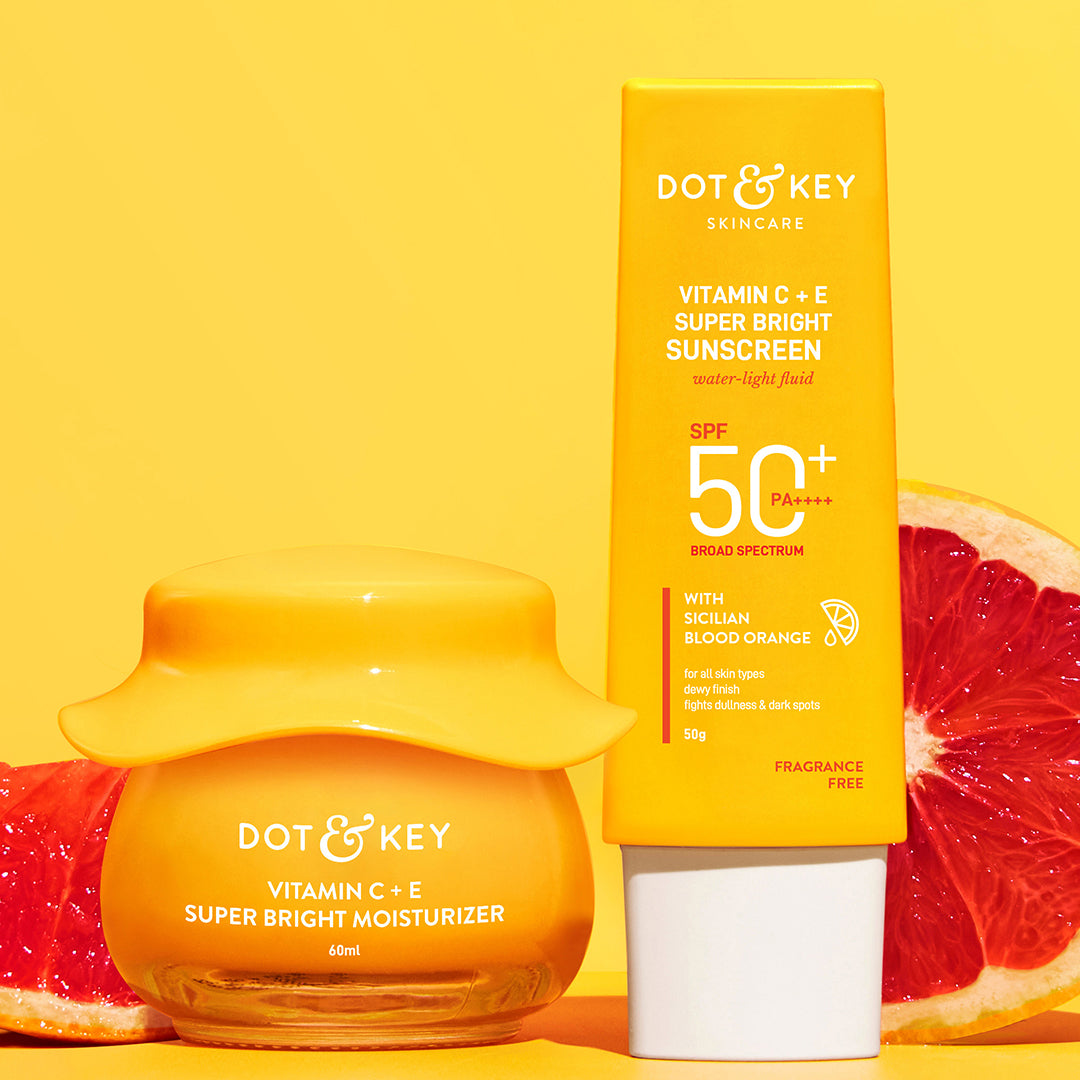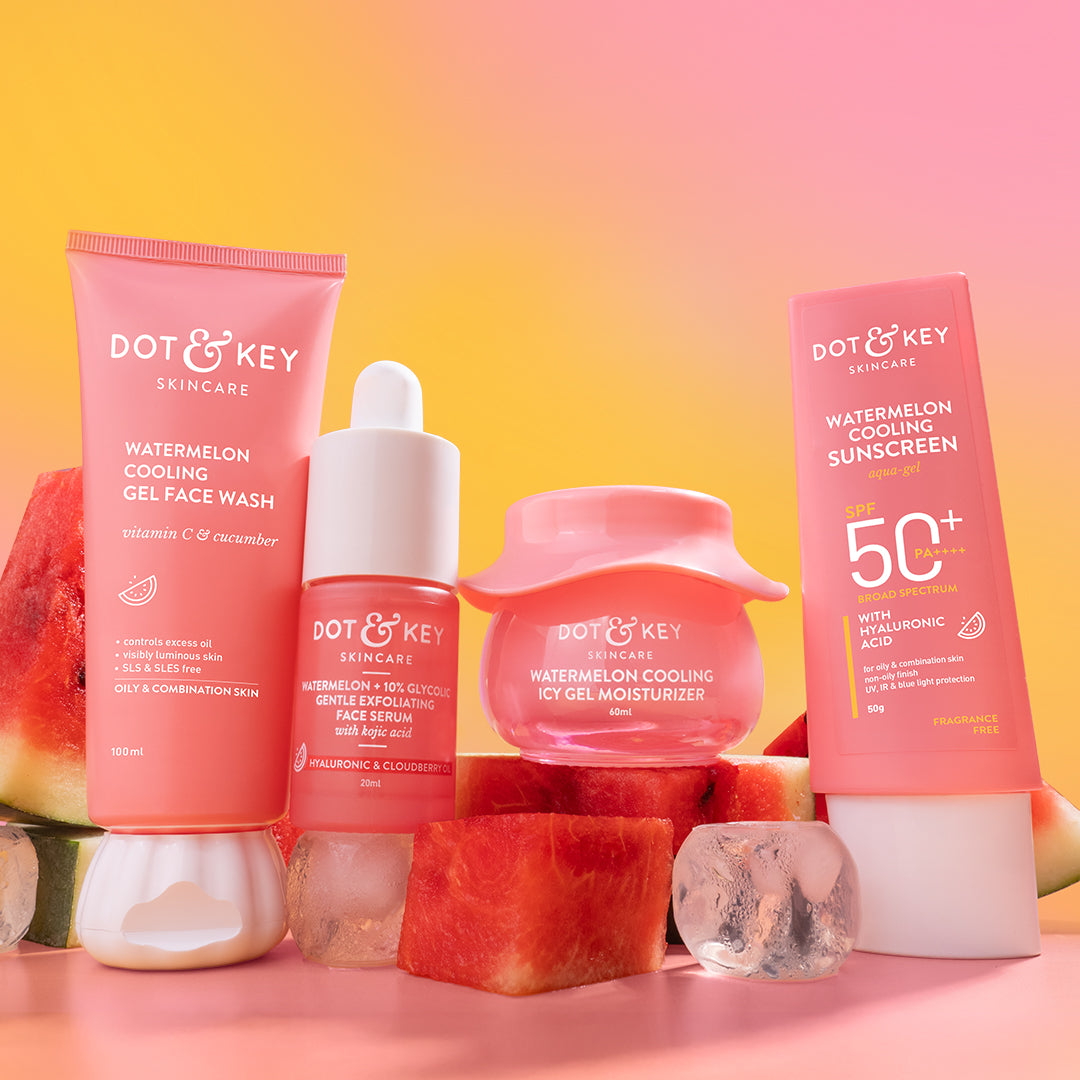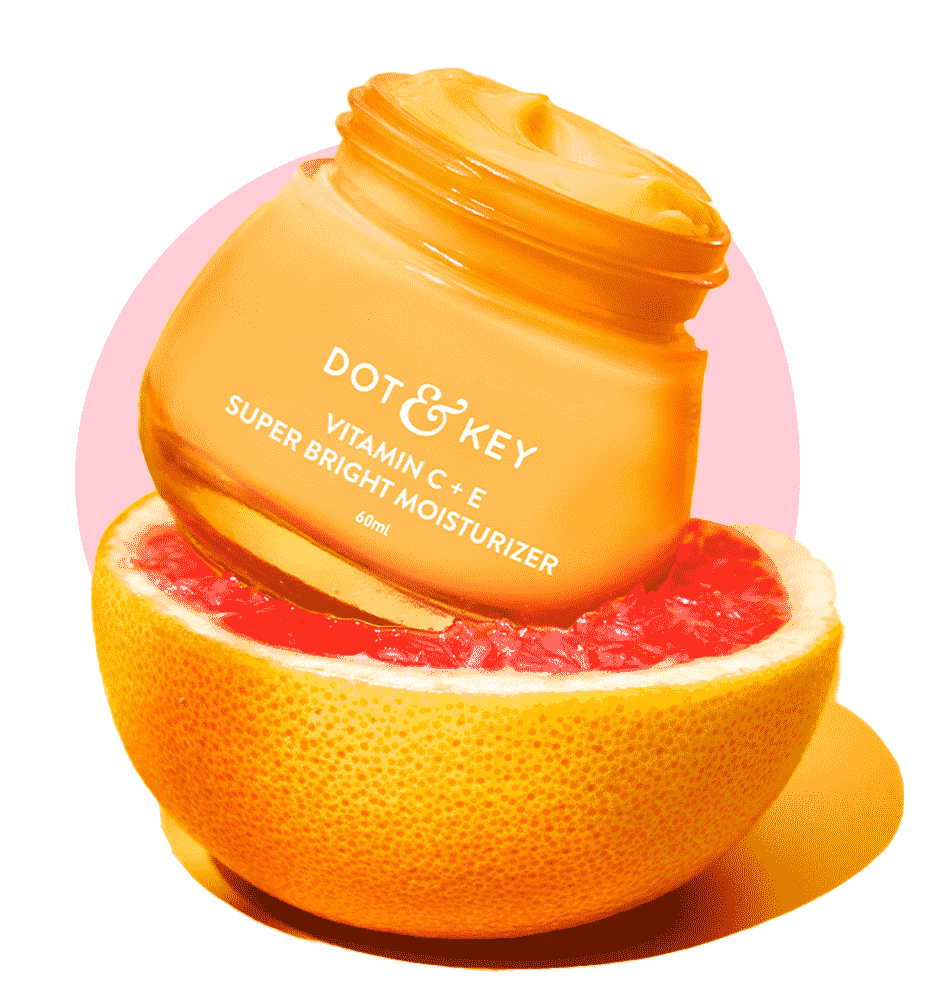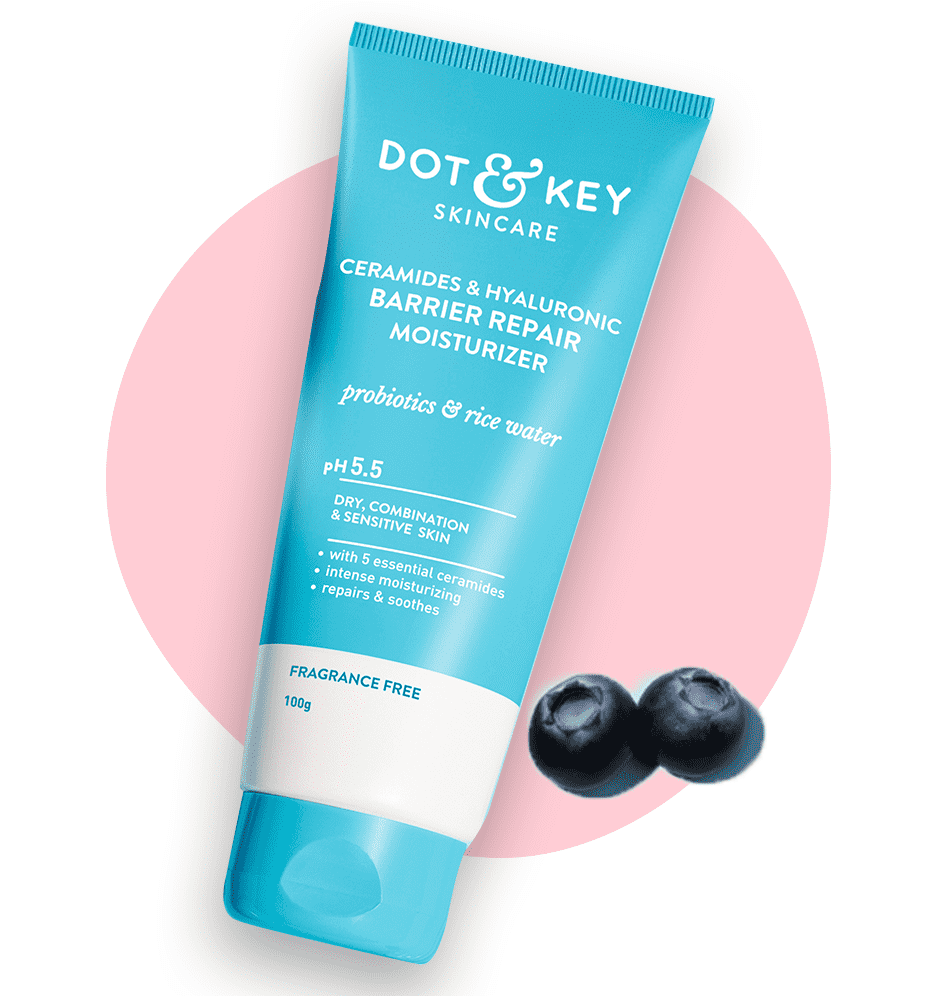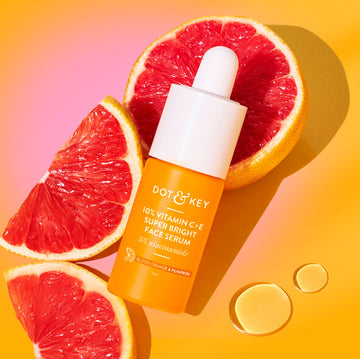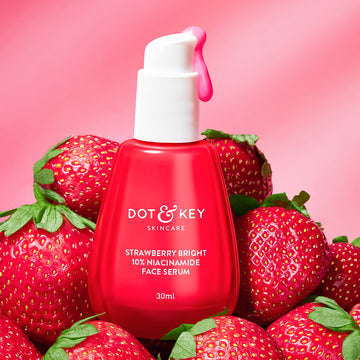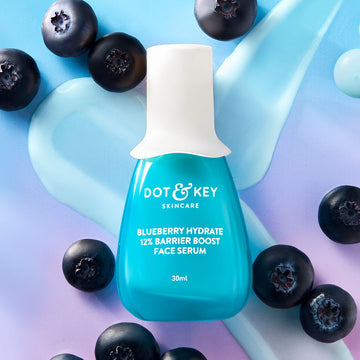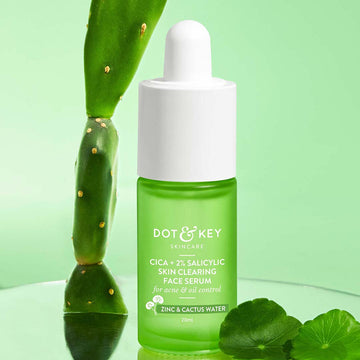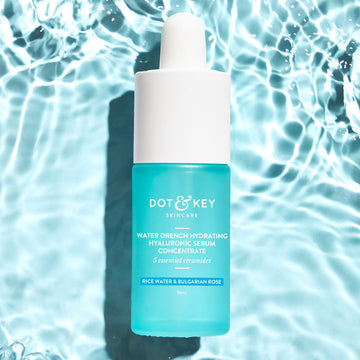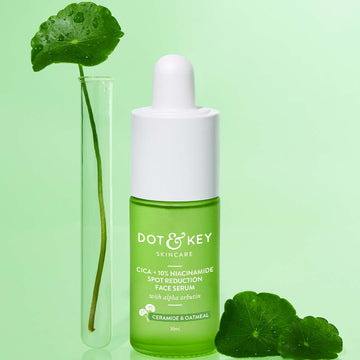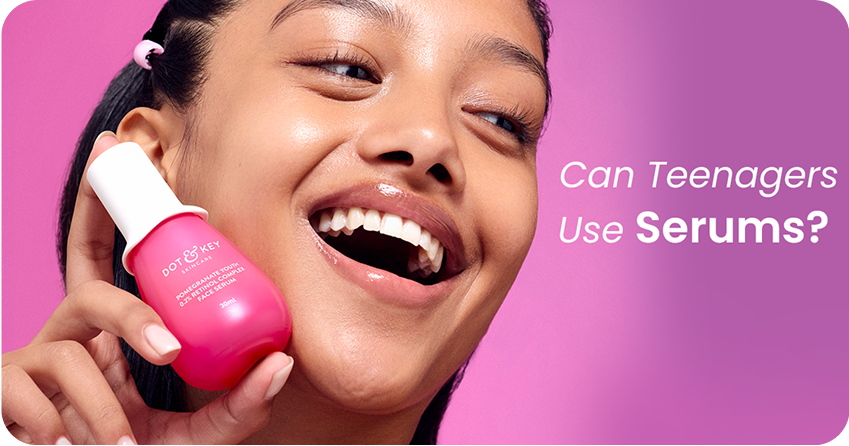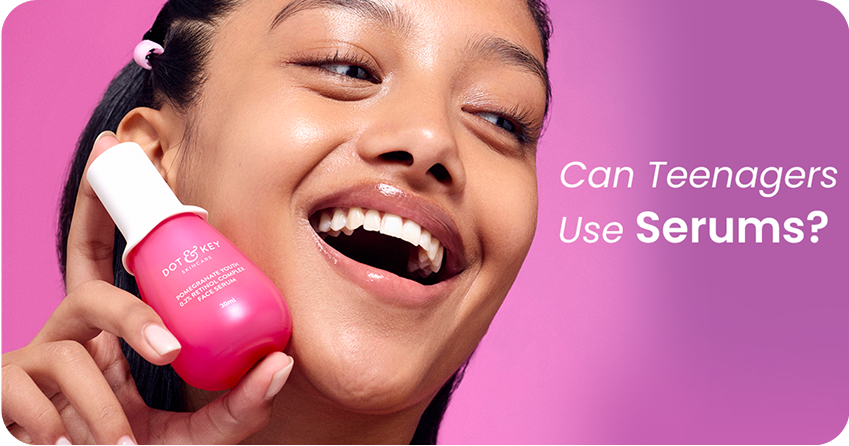
Skincare is more than just a trend for Gen Z—it’s a lifestyle. With social media flooded with influencers showing off 10-step routines and glowing results, it’s no surprise that teens are curious about advanced products like serums. These potent skincare boosters are known for targeting issues like acne, dullness, and dark spots—but are they safe or necessary for teenage skin?
In this article, we’ll explore whether teens should be using serums, which ingredients are appropriate for younger skin, and how to build a smart, simple, and effective skincare routine. Backed by expert insights and dermatological research, this guide is perfect for both teens managing oily or breakout-prone skin and parents helping their kids start healthy habits early.
Understanding Teen Skin and Serums
Teen skin undergoes significant changes due to puberty, driven by hormonal fluctuations that affect sebum production, cell turnover, and barrier function. Common teen skin concerns include:
- Acne: Excess oil and clogged pores lead to blackheads, whiteheads, or cystic breakouts.
- Oiliness: Overactive sebaceous glands create a shiny complexion.
- Sensitivity: Hormonal shifts or harsh products can cause redness or irritation.
- Post-inflammatory hyperpigmentation (PIH): Dark spots from acne healing.
- Dryness: Some teens experience dehydration, especially from acne treatments.
Face serums are lightweight, fast-absorbing liquids with high concentrations of actives like niacinamide, hyaluronic acid, or salicylic acid. They target specific concerns, delivering potent ingredients deeper into the skin than moisturizers. However, teen skin is often more reactive, requiring careful selection to avoid irritation or over-treatment.
A 2019 study in The Journal of Clinical and Aesthetic Dermatology found that teen skin has a higher turnover rate but is prone to 30% more inflammation due to hormonal changes, making gentle, targeted serums beneficial when used correctly.
Dr. Sarah Kim, a dermatologist, explains: “Teenagers can use serums, but simplicity is key. Focus on gentle ingredients that address specific concerns without overwhelming young, sensitive skin.”
Can Teenagers Use Serums?
Yes, teenagers can use serums, but not all serums are suitable for young skin. Dermatologists recommend serums for teens when they:
- Address specific concerns (e.g., acne, oiliness, post-inflammatory hyperpigmentation).
- Are gentle, non-irritating, and formulated for sensitive skin.
- Complement a simple routine with cleansing, moisturizing, and sunscreen.
Benefits of Serums for Teen Skin
- Targeted Treatment: Serums deliver actives like niacinamide to reduce acne or fade dark spots.
- Lightweight Hydration: Hydrating serums like hyaluronic acid prevent dryness without clogging pores.
- Barrier Support: Serums with soothing ingredients strengthen the skin barrier, reducing sensitivity.
- Prevention: Early use of gentle serums can manage oil or acne, minimizing scarring or PIH.
Risks to Avoid
- Overuse of Actives: Potent ingredients like retinol or high-strength acids can irritate teen skin, worsening inflammation.
- Comedogenic Formulas: Heavy or oily serums may clog pores, triggering breakouts.
- Complex Routines: Too many products increase irritation risk and reduce compliance.
- Lack of SPF: Serums without daytime SPF leave skin vulnerable to UV damage, exacerbating acne and PIH.
A 2020 study in Dermatology and Therapy found that simplified routines with gentle actives improved acne in teens by 25% while reducing irritation compared to complex regimens.
Dr. Michael Lee, a dermatologist, advises: “Teen skin doesn’t need a 10-step routine. A targeted serum can be effective, but always pair with sunscreen and keep it minimal.”
Safe and Effective Serums for Teenagers
Dermatologists recommend the following serums for Gen Z skin, focusing on gentle, non-comedogenic ingredients that address common teen concerns.
1. Niacinamide Serum
- Purpose: Reduces inflammation, controls oil, fades PIH, and strengthens the barrier.
- Why It’s Safe: Gentle at 2–5% concentrations, suitable for sensitive or acne-prone skin.
- Timeline: 1–2 weeks for reduced redness and oil; 6–8 weeks for PIH fading.
- Research: A 2018 study in The British Journal of Dermatology showed 5% niacinamide reduced acne lesions by 20% and PIH by 15% after 8 weeks.
- When to Use: Morning or night, followed by moisturizer; pair with SPF in the morning.
- Expert Tip: Start with 2% niacinamide to test tolerance, increasing to 5% if needed.
2. Hyaluronic Acid Serum
- Purpose: Hydrates, plumps skin, and prevents dryness from acne treatments.
- Why It’s Safe: Non-comedogenic, mimics skin’s natural moisture, and soothes irritation.
- Timeline: Immediate hydration; 4–6 weeks for improved barrier function.
- Research: A 2019 study in Journal of Cosmetic Science found hyaluronic acid increased hydration by 30% in oily and dry teen skin.
- When to Use: Morning and/or night on damp skin, followed by moisturizer.
- Expert Tip: Apply to damp skin for maximum moisture retention, ideal for teens using drying treatments like benzoyl peroxide.
3. Salicylic Acid Serum (Low Concentrations)
- Purpose: Exfoliates pores, reduces blackheads, and controls acne.
- Why It’s Safe: At 0.5–1%, it’s gentle enough for teen skin, minimizing irritation.
- Timeline: 2–4 weeks for reduced pore congestion; 6–8 weeks for acne improvement.
- Research: A 2020 study in Journal of Cosmetic Dermatology showed 0.5% salicylic acid reduced blackheads by 20% after 6 weeks.
- When to Use: Night, 2–3 times per week, followed by a soothing moisturizer.
- Expert Tip: Avoid daily use to prevent over-drying; pair with niacinamide for synergy.
4. Centella Asiatica Serum
- Purpose: Soothes inflammation, reduces redness, and promotes healing of acne or irritation.
- Why It’s Safe: Calming and non-irritating, ideal for sensitive or reactive teen skin.
- Timeline: 1–2 weeks for reduced redness; 4–6 weeks for improved healing.
- Research: A 2019 study in Dermatologic Therapy found centella reduced post-acne redness by 25% after 4 weeks.
- When to Use: Morning or night, especially after acne treatments.
- Expert Tip: Great for teens with sensitive skin or post-acne marks.
Serums to Avoid for Teens
- Retinol/Retinoids: Too potent for most teen skin, causing irritation or dryness. Reserve for severe acne under dermatologist guidance (e.g., adapalene).
- High-Strength Acids (e.g., 10% Glycolic Acid): Can disrupt the barrier, worsening sensitivity or acne.
- Vitamin C (High Concentrations): May irritate sensitive teen skin; use only low-strength (5–10%) if targeting PIH.
- Essential Oils: Risk of clogging pores or causing allergic reactions.
Dr. Emily Chen, a dermatologist, cautions: “Teen skin is resilient but reactive. Stick to gentle serums and avoid trendy actives like retinol unless prescribed.”
How to Incorporate Serums into a Teen Skincare Routine
To ensure serums are safe and effective for Gen Z skin, follow this dermatologist-approved routine and tips:
Basic Teen Skincare Routine
Morning:
- Gentle Cleanser: Removes oil without stripping (pH 5–6).
- Serum: Niacinamide or hyaluronic acid for oil control or hydration.
- Moisturizer: Lightweight, non-comedogenic gel or lotion.
- Broad-Spectrum SPF 30+: Two finger-lengths for face and neck to prevent PIH and UV damage.
Night:
- Double-Cleanse (if wearing SPF/makeup): Micellar water or oil-based cleanser, then gentle cleanser.
- Serum: Salicylic acid (2–3 nights/week) or centella for acne or soothing.
- Moisturizer: Lightweight to seal in actives and repair the barrier.
Application Tips
-
Cleanse First: Use a mild cleanser to ensure serum penetration.
2019 study in the Journal of Cosmetic Science showed clean skin improved active absorption by 15%. -
Apply to Damp Skin (for Hydrating Serums): Pat hyaluronic acid on damp skin to lock in moisture.
2020 study in Dermatology and Therapy found damp application increased hydration by 20%. - Use Sparingly: Apply 4–5 drops or a pea-sized amount to the face and neck, patting gently to avoid irritation.
- Wait Between Layers: Allow 30–60 seconds for the serum to absorb before applying moisturizer or SPF to prevent pilling.
-
Start Slowly with Actives: Use salicylic acid 1–2 nights per week initially, increasing to 3 if tolerated.
Monitor for redness or dryness, pausing if irritation occurs. -
Always Use SPF: Apply SPF daily, reapplying every 2 hours outdoors to protect against UV-induced PIH and acne worsening.
2019 study in The Journal of Investigative Dermatology showed SPF reduced PIH by 50%. -
Be Consistent: Use serums daily (or as directed) for 6–8 weeks to see results.
2020 study in Clinical, Cosmetic and Investigational Dermatology found consistent use improved acne by 25%.
Expert Tip: Dr. Jane Smith advises: “Teens should keep routines simple—three to four steps max. A gentle serum can make a big difference, but overuse leads to trouble.”
Sample Serum Routines for Teen Skin Concerns
Here are dermatologist-recommended routines for common Gen Z skin issues:
Acne and Oiliness
- Morning:
- Gentle gel cleanser
- Niacinamide serum (oil control, inflammation)
- Lightweight gel moisturizer
- SPF 30+ (matte finish)
- Night:
- Double-cleanse (if needed)
- Salicylic acid serum (2–3 nights/week) or niacinamide (other nights)
- Lightweight moisturizer
Sensitivity and Redness
- Morning:
- Gentle creamy cleanser
- Centella asiatica serum (soothing)
- Cream moisturizer
- SPF 30+ (hydrating formula)
- Night:
- Gentle cleanser
- Hyaluronic acid or centella serum
- Cream moisturizer
Post-Acne Marks (PIH)
- Morning:
- Gentle cleanser
- Niacinamide serum (brightening)
- Lightweight moisturizer
- SPF 30+
- Night:
- Double-cleanse
- Niacinamide or centella serum
- Lightweight moisturizer
Note: Avoid layering multiple actives (e.g., salicylic acid and niacinamide in the same routine) to prevent irritation. Consult a dermatologist for persistent acne or scarring.
Challenges and Considerations for Teen Serum Use
- Irritation Risk: Teen skin is sensitive, so start with low concentrations and patch-test new serums.
- Overloading Routines: Social media trends push complex routines, but teens need simplicity to avoid irritation and ensure compliance.
- Cost: Serums can be pricey, but affordable, effective options exist. Focus on one quality serum over multiple products.
- Misinformation: Influencers’ advice may promote unsafe actives. Consult dermatologists or reliable sources.
- Patience: Results take 6–8 weeks, which can frustrate teens expecting instant fixes.
Dr. Emily Chen warns: “Gen Z is bombarded with skincare trends, but more isn’t better. A simple routine with a gentle serum and SPF is enough for most teens.”
Conclusion
Teenagers can safely use serums to address common Gen Z skin concerns like acne, oiliness, or post-acne marks, provided they choose gentle, non-comedogenic formulas like niacinamide, hyaluronic acid, or centella asiatica. By incorporating a serum into a simple routine—cleanser, serum, moisturizer, and SPF—teens can achieve clearer, healthier skin without irritation. Avoid potent actives like retinol or high-strength acids, and prioritize consistency and sun protection for lasting results.
Frequently Asked Questions (FAQs)
1. At what age can teenagers start using serums?
Teens as young as 15–16 can use gentle serums like hyaluronic acid or niacinamide for acne or hydration, but consult a dermatologist for younger skin or severe concerns.
2. Can serums help with teen acne?
Yes, serums with niacinamide or low-strength salicylic acid reduce inflammation, control oil, and clear pores, improving acne in 6–8 weeks.
3. Should teens use serums every day?
Most serums (e.g., niacinamide, hyaluronic acid) are safe daily, but actives like salicylic acid should start at 2–3 nights per week to avoid irritation.
4. Do teens need SPF with serums?
Yes, SPF 30+ is essential daily to prevent UV-induced PIH and protect sensitive skin, especially with serums that target acne or pigmentation.
5. Can teens use anti-ageing serums like retinol?
Generally, no. Retinol is too potent for most teen skin and unnecessary for anti-ageing. Use only low-strength retinoids (e.g., adapalene) for severe acne under dermatologist supervision.

